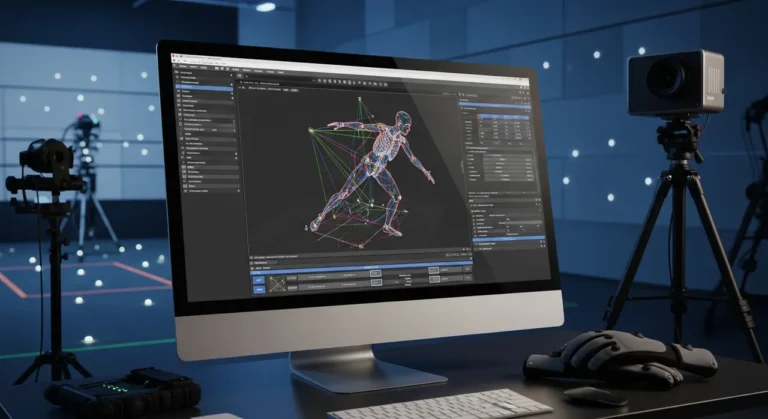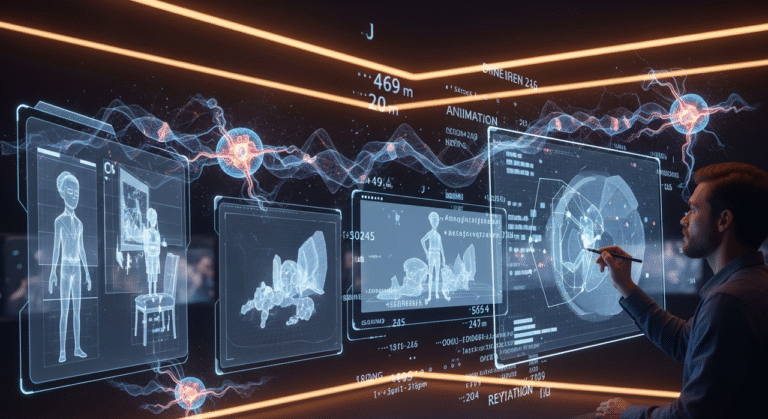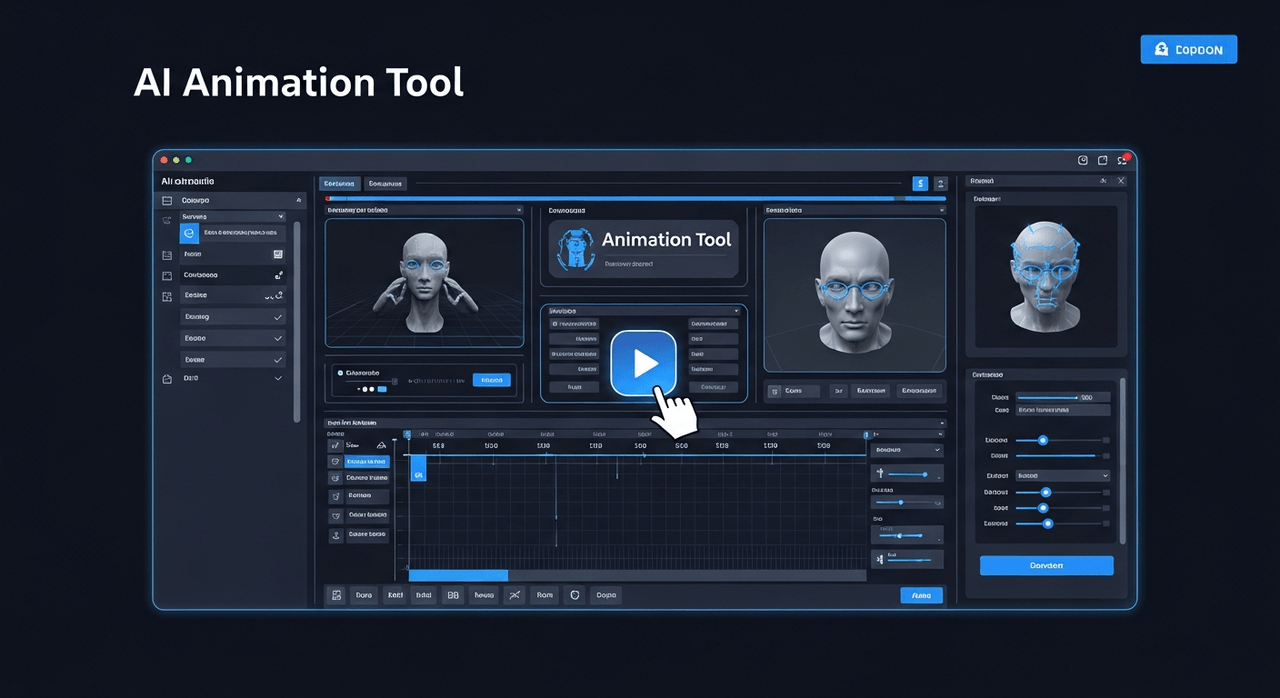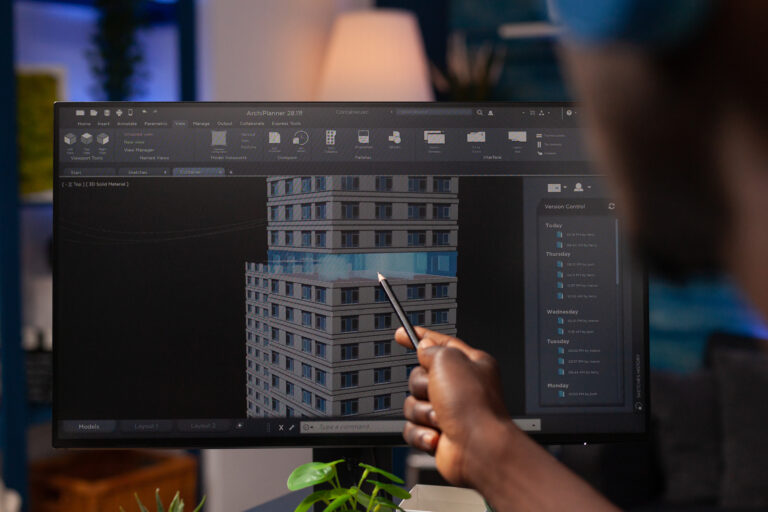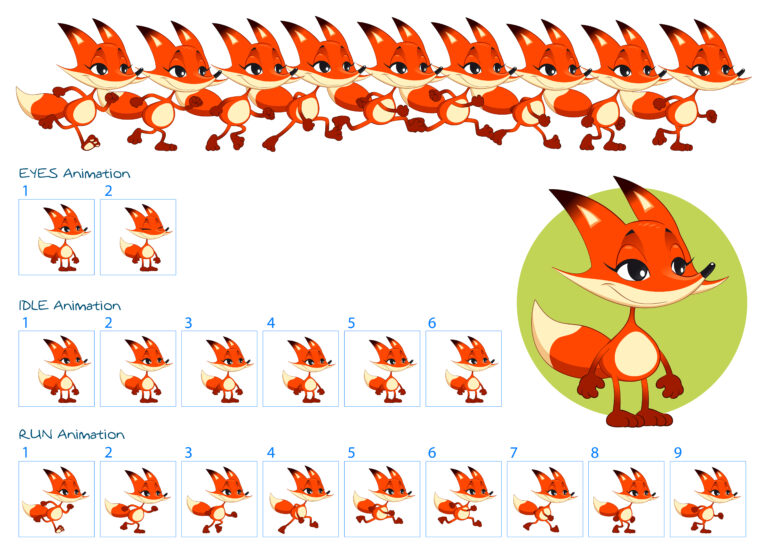Choosing the appropriate style for 3D explainer videos is critical to delivering your message effectively.
You can read our guide for more information on why 3D explainer videos are essential.
From cutting-edge, futuristic designs to more classic, detailed visuals, each style offers its own set of benefits.
Let’s explore the various styles of 3D explainer videos and how they can enhance storytelling and information delivery.

Need 3D Animation Services?
Visit our 3D Animation Service page to see how we can help bring your ideas to life!
What is a 3D Explainer Video?
A 3D explainer video is an innovative tool that leverages the power of 3D animation, sound, and motion to present complex concepts, products, or services, making them easy to understand and visually engaging. Breaking free from the limitations of the traditional 2D style, 3D videos add depth and realism to characters and objects, giving viewers a richer and more immersive experience.
These videos typically follow a structured narrative, combining clear voiceover narration with creative animations that visualize the topic at hand.
From illustrating how machinery functions to simplifying detailed scientific concepts, 3D explainer videos transform complexity into explicit, entertaining content.
With the perfect mix of storytelling, vibrant visuals, and sound, they captivate audiences, ensuring they understand the message while staying engaged and prompting an active response.
Pixune Studios as an animated explainer video company, redefines how ideas breathe on screen, turning complexity into fluid narratives that resonate through every frame. By sculpting visuals that don’t just inform but immerse, they elevate communication to a new dimension, making businesses stand out and connect with their audience more effectively.
What Are The Styles of 3D Explainer Videos?
Choosing the appropriate style for 3D explainer videos is critical to delivering your message effectively.
From cutting-edge, futuristic designs to more classic, detailed visuals, each style offers its own set of benefits.
Let’s explore the various styles of 3D explainer videos and how they can enhance storytelling and information delivery.
1. Realistic 3D:
This approach emphasizes detailed and realistic visuals closely resembling actual objects and settings. It is particularly effective for technical and scientific content that requires precise and accurate depictions.
2. Cartoonish 3D:
Featuring vibrant and exaggerated designs, this style uses playful animations to transform complex subjects into entertaining and easy-to-understand content, making it ideal for a younger audience or simplifying complex concepts.
3. Minimalist 3D:
This style maintains focus on the essential message by using basic models and straightforward environments, avoiding excessive visual details. It’s particularly effective for corporate explainer videos or abstract idea presentations.
4. Mixed Media:
Explainer videos sometimes merge 3D animation with live-action shots, 2D graphics, or other visual styles to craft a distinctive and appealing look that sets them apart from conventional formats and makes them more dynamic and memorable.
5. Motion Infographics:
This approach merges motion graphics with 3D models to create engaging presentations of data and statistics. Visual metaphors, animated charts, and graphs distill complex information into more digestible and visually appealing formats.
The Key Elements of 3D Explainer Videos
Several key elements play a pivotal role in determining the success of a 3D explainer video.
Here’s a closer look at these essential elements:
High-Quality 3D Models and Animation:
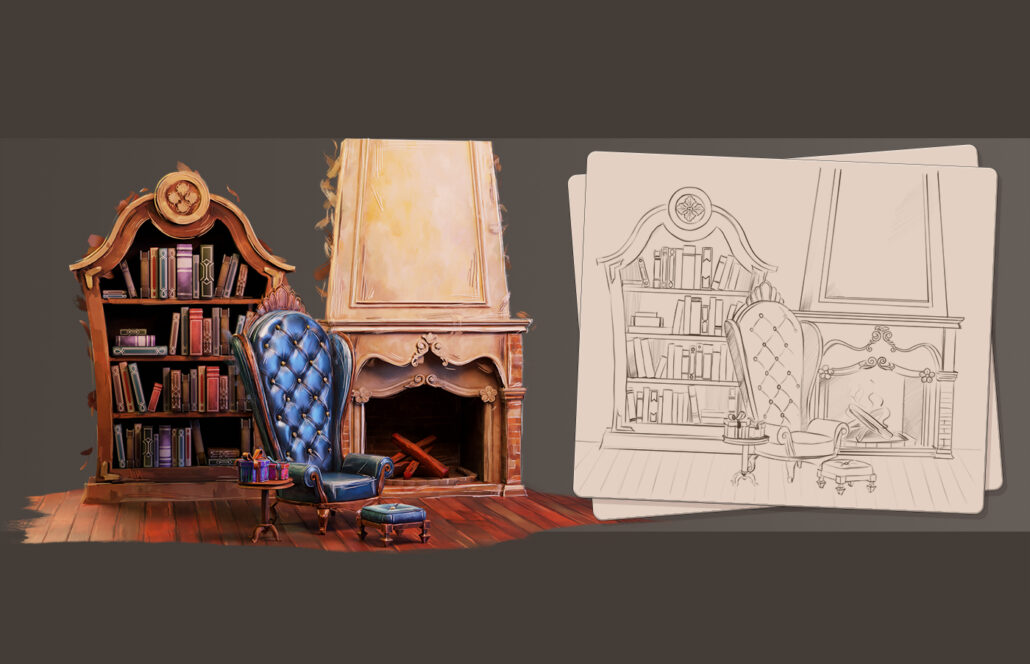
The visual appeal of a 3D explainer video relies heavily on the quality of its 3D models and animation, which form the backbone of the video.
This process involves creating detailed digital representations of objects, environments, or characters in three dimensions. Crisp, well-crafted 3D models add realism and depth, making the content visually stunning and easier to comprehend.
Character Animation:

Character animation is essential for bringing human-like figures to life in videos, adding a human touch that enhances relatability.
For instance, a health insurance explainer video might use animated characters to demonstrate real-life situations and interactions with the healthcare system, offering a more personal and understandable perspective on the subject.
Engaging Motion Graphics:
In 3D explainer videos, motion graphics are essential for animating graphic elements in a three-dimensional environment.
This approach introduces dynamic motion and visual interest, turning static infographics into animated visuals emphasizing key data points and enriching the viewer’s experience.
Compelling Storytelling:
A powerful explainer video relies on an engaging storyline that draws viewers in. Crafting a narrative that effectively identifies the issue and presents a solution helps simplify intricate information, making it more relatable for the audience.
Captivating Voiceover Narration:
Voiceover narration plays a crucial role in 3D explainer videos, adding a personal touch that provides context to the visual elements and guides the viewer through the content.
A clear, dynamic, and engaging voiceover not only reinforces key messages but also highlights crucial points, keeps the audience interested, and ensures the video remains easy to understand.
Clear Script Writing:
The script is the cornerstone of a 3D explainer video’s narrative, laying the groundwork for an engaging and informative experience.
A well-crafted script is crucial and offers clarity and conciseness while tailored to the target audience.
It acts as the blueprint for the voiceover and visual elements, ensuring the message is communicated clearly and effectively.
Strategic Use of Sound Design:
In addition to the voiceover, sound effects and background music are crucial elements of a 3D explainer video.
The impactful sound design integrates these audio components with the visuals to create a cohesive and immersive experience.
By skillfully aligning sound effects and music with the video’s narrative, sound design helps set the mood, emphasize key points, and maintain viewer interest, ensuring the footage feels dynamic and engaging.
Pacing and Timing:
Pacing and timing are vital for maintaining viewer engagement. The video should flow smoothly, with well-timed animations and transitions that align with the narration. Proper pacing ensures viewers can absorb the information without feeling rushed or overwhelmed.
Persuasive Call-to-Action (CTA):
In a successful 3D explainer video, engaging viewers and prompting action are intricately linked. Compelling storytelling, striking visuals, and interactive elements harmonize to captivate and sustain the audience’s attention.
Equally important, a well-crafted call to action (CTA) transforms this engagement into tangible outcomes. The CTA serves as a crucial guide, directing viewers toward their next steps—whether that’s visiting a website, signing up for a service, or reaching out to a sales team.
This combination of engaging content and a persuasive CTA ensures that viewer interest is effectively converted into meaningful action.
For example, consider a 3D explainer video for an innovative online learning platform. The footage might feature captivating animations that illustrate the platform’s interactive courses and user-friendly interface, engaging viewers with visually appealing content. At the conclusion, a compelling CTA—such as a bold button with the text “Join Now and Unlock Your Learning Potential!”—encourages viewers to enroll in the platform.
Integration of Branding Elements
Integrating branding elements throughout the video is essential for reinforcing the brand’s identity and creating a cohesive experience.
The video aligns smoothly with the company’s overall branding strategy by consistently applying brand colors, logos, and messaging.
This approach strengthens brand recognition and also ensures that the video solidifies the brand’s presence in viewers’ minds.
A harmonious blend of these elements enables a 3D explainer video to convey its message clearly, engage viewers on a deeper level, and prompt desired actions. The synergy between each component turns detailed information into an engaging, visually dynamic presentation.
The Best Software for Creating 3D Explainer Videos
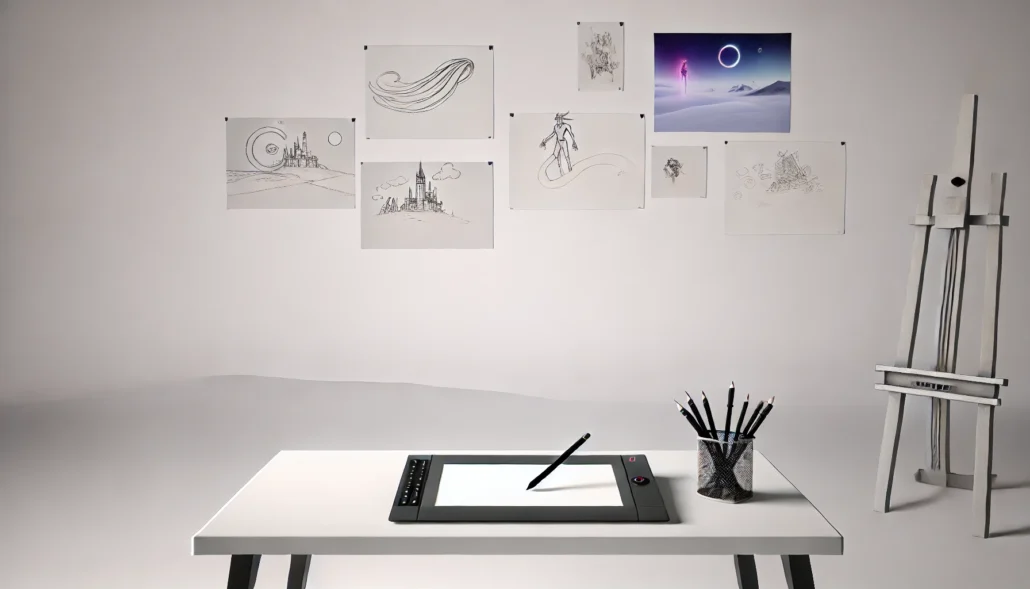
Several software tools are commonly used in the creation of 3D explainer videos.
In the following, we discuss 5 of the most known platforms for you to start your creatin.
1. Blender:
Blender is like the Swiss Army knife of 3D creation. Free and packed with everything you need for modeling, animation, and rendering, it is perfect for anyone from hobbyists just getting started to pros crafting detailed 3D explainer videos.
Its wide array of tools helps you bring your ideas to life in stunning detail.
2. Autodesk Maya:
Autodesk Maya is the go-to for those serious about 3D animation. It’s a heavy hitter in the industry, offering all the advanced features you need to create intricate 3D models and animations.
If you aim for top-notch quality in your explainer videos, Maya’s powerful toolset has you covered.
3. Cinema 4D:
Cinema 4D is known for being user-friendly, making it a favorite among those creating eye-catching 3D explainer videos. Its smooth interface and strong graphics capabilities make it easy to produce impressive motion graphics and animations that grab your audience’s attention.
4. Adobe After Effects:
Adobe After Effects is often the secret weapon for adding flair to your 3D explainer videos. While it’s mainly used for 2D animations, it works beautifully with 3D models to create dynamic motion graphics and seamless visual effects, making your videos pop with professional polish.
5. Vynod:
Vyond is your go-to if you want to whip up great animated explainer videos quickly and easily. This web-based tool offers 2D and 3D animation options to create engaging content without advanced skills.
It’s convenient for businesses looking to get their message across in a fun and effective way.
Different Types of 3D Explainer Videos
There are several types of 3D explainer videos, each designed to meet distinct objectives and appeal to their target audiences.
Below are 5 of the most common types of 3D explainer videos:
1. Product Explainers:
Companies employ these videos to present their products’ features and benefits. This approach allows for a clear and visually appealing demonstration of the product’s operation.
2. Service Explainers:
These videos offer a detailed view of processes and are dedicated to explaining how a service operates. For instance, a fintech company might use a 3D explainer video to demonstrate how its app simplifies personal finance management and streamlines investment planning.
3. Educational Explainers:
For educational purposes, 3D explainer videos are an excellent tool for explaining difficult subjects, such as detailed scientific processes or complex mathematical concepts.
Incorporating 3D models and animations makes abstract ideas more accessible and easier for learners to grasp.
4. Corporate Training Explainers:
These videos are instrumental in internal communications, helping employees learn about company procedures, policies, and safety protocols.
The 3D visuals provide a dynamic simulation of real-world scenarios, ensuring the training is practical and engaging.
5. Medical and Scientific Explainers:
In sectors like healthcare and biotechnology, 3D explainer videos are essential for depicting biological processes and surgical procedures with both precision and clarity, offering an accurate and easily understandable representation of complex concepts.
To Sum Up
3D explainer videos are a powerful tool for engaging audiences across industries by combining elements like 3D modeling, character animation, motion graphics, and sound design.
This unique blend allows creators to deliver visually captivating and informative content tailored to various purposes, such as education, marketing, or internal communication.
Whether you’re starting a new business or considering a 3D explainer for your company, our guide on “How Much Does an Animated Explainer Video Cost?” will help you understand commercial pricing in a basic way.
For students, aspiring animators, professionals, and business owners, mastering the world of 3D explainer videos and understanding their types, software, styles, and applications opens up new possibilities for growth and can be the gateway to success.
